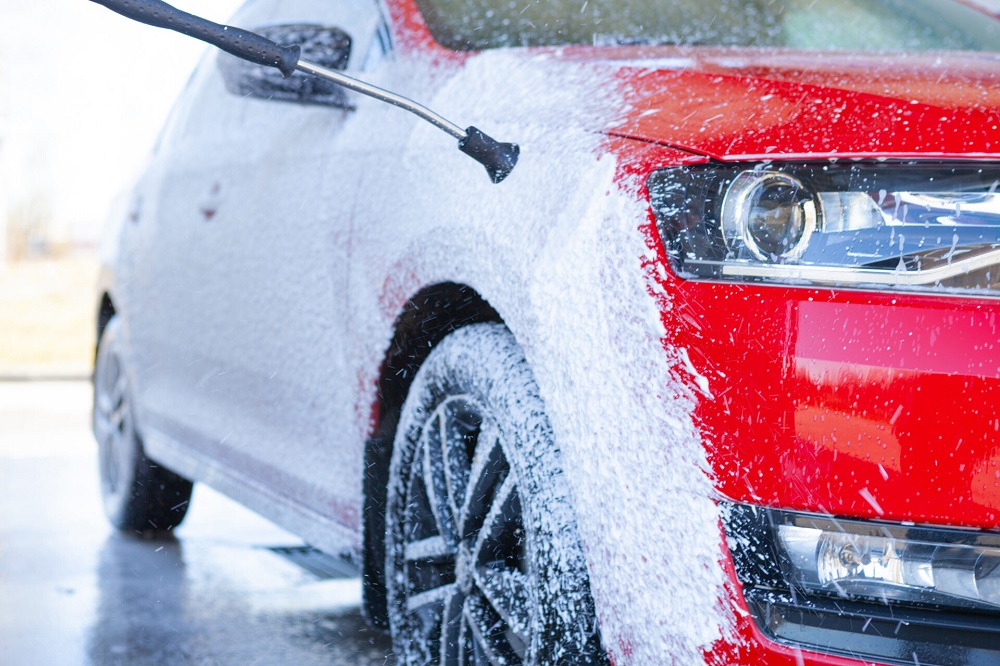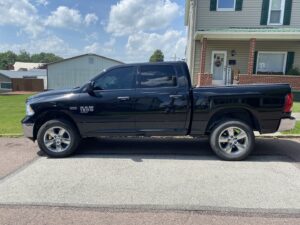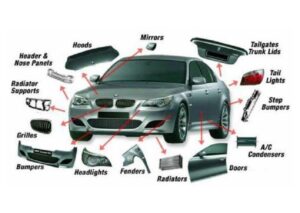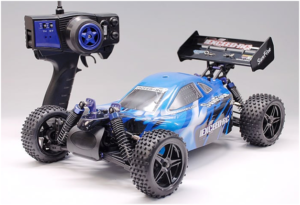
Hailstorms can wreak havoc on vehicles, leaving behind a trail of costly and unsightly damage. While many might assume that severe hail damage requires extensive body work and repainting, Paintless Dent Repair (PDR) has proven to be an effective solution even in extreme cases. This article explores several case studies where PDR has been successfully applied to vehicles with significant hail damage, highlighting the process, challenges, and results of each scenario.
Case Study 1: Family Sedan with Extensive Hail Damage
Background:
- A family sedan was caught in a severe hailstorm, resulting in multiple dents on the hood, roof, and trunk.
- The owner was concerned about the cost and time associated with traditional repair methods.
PDR Process:
- The PDR technician conducted a thorough assessment using specialized lighting to map out all the dents.
- Using a range of PDR tools, the technician methodically worked out each dent from the underside of the metal panels.
Challenges:
- The density of dents required careful planning to ensure that the repair process did not stretch or stress the metal further.
Outcome:
- The vehicle was restored to its original condition within two days.
- The owner saved approximately 50% compared to the cost of traditional body work.
Case Study 2: Luxury SUV with Roof and Side Panel Damage
Background:
- A luxury SUV sustained heavy hail damage on its roof and side panels during an unexpected hailstorm.
- The owner was particularly concerned about preserving the original paint and maintaining the vehicle’s resale value.
PDR Process:
- Multiple technicians worked simultaneously to address the extensive damage.
- They employed advanced PDR techniques, including glue pulling for areas where access from behind the panel was restricted.
Challenges:
- The high-end paint finish required extra caution to avoid any blemishes.
- The curved surfaces of the side panels presented additional complexity.
Outcome:
- The vehicle’s original appearance and paint integrity were completely preserved.
- The repair was completed in several phases over a week, significantly faster than a conventional repair which could have taken multiple weeks.
Case Study 3: Compact Car with Older Hail Damage
Background:
- The compact car had older hail damage that had been neglected, causing the paint to begin cracking in some areas.
- The owner wanted to restore the vehicle to adequate condition for sale.
PDR Process:
- A specialized PDR restoration plan was developed to address both new and older hail damage.
- The technician used a combination of traditional PDR and minor paint corrections.
Challenges:
- Addressing the cracked paint required precise heat treatment to ensure the paint did not flake off during the dent removal process.
Outcome:
- The car was restored to a condition suitable for sale, with improvements significantly boosting its market value.
- The process took approximately four days, a fraction of the time needed for a full repaint job.
Conclusion
These case studies demonstrate the versatility and effectiveness of Paintless Dent Repair in handling hail damage, from slight to severe. By opting for PDR, vehicle owners can save time and money, preserve the original paint, and maintain their car’s value without the need for invasive body work. As these cases illustrate, even when faced with severe damage, PDR should be considered a viable first option for repair, showcasing its potential to restore vehicles to their pre-damaged state efficiently and effectively.





